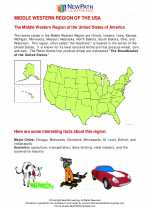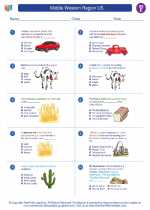Caribbean Sea
The Caribbean Sea is a body of water located in the western part of the Atlantic Ocean. It is bordered by the islands of the Caribbean, as well as the coasts of Central and South America. The Caribbean Sea covers an area of about 1,063,000 square miles and has an average depth of about 7,220 feet.
Geography
The Caribbean Sea is surrounded by the following countries: Mexico, Cuba, the Dominican Republic, Haiti, Jamaica, Honduras, Nicaragua, Costa Rica, Panama, Colombia, and Venezuela. The sea is also dotted with numerous islands, including the Greater Antilles (Cuba, Hispaniola, Jamaica, and Puerto Rico) and the Lesser Antilles (including the Windward Islands and the Leeward Islands).
Climate
The climate of the Caribbean Sea is tropical, with warm temperatures throughout the year. The region is susceptible to hurricanes and tropical storms, especially during the Atlantic hurricane season, which runs from June to November.
Ecology
The Caribbean Sea is home to a diverse range of marine life, including coral reefs, sea turtles, dolphins, and a variety of fish species. The sea also contains several seagrass beds and mangrove forests, which are important ecosystems for many marine species.
Economy
The Caribbean Sea plays a crucial role in the region's economy, particularly through tourism and fisheries. Many of the islands and coastal areas surrounding the sea rely on tourism as a significant source of income, while fishing is also a vital economic activity for the local communities.
Study Guide
- What is the location of the Caribbean Sea?
- What are the major geographical features surrounding the Caribbean Sea?
- Describe the climate of the Caribbean Sea.
- What are some of the key marine species found in the Caribbean Sea?
- How does the Caribbean Sea contribute to the region's economy?
Use this study guide to review and reinforce your understanding of the Caribbean Sea. You can also explore additional resources, such as maps and documentaries, to deepen your knowledge of this fascinating and vital body of water.
.◂Social Studies Worksheets and Study Guides Fifth Grade. Middle Western Region US

 Worksheet/Answer key
Worksheet/Answer key
 Worksheet/Answer key
Worksheet/Answer key
 Worksheet/Answer key
Worksheet/Answer key
